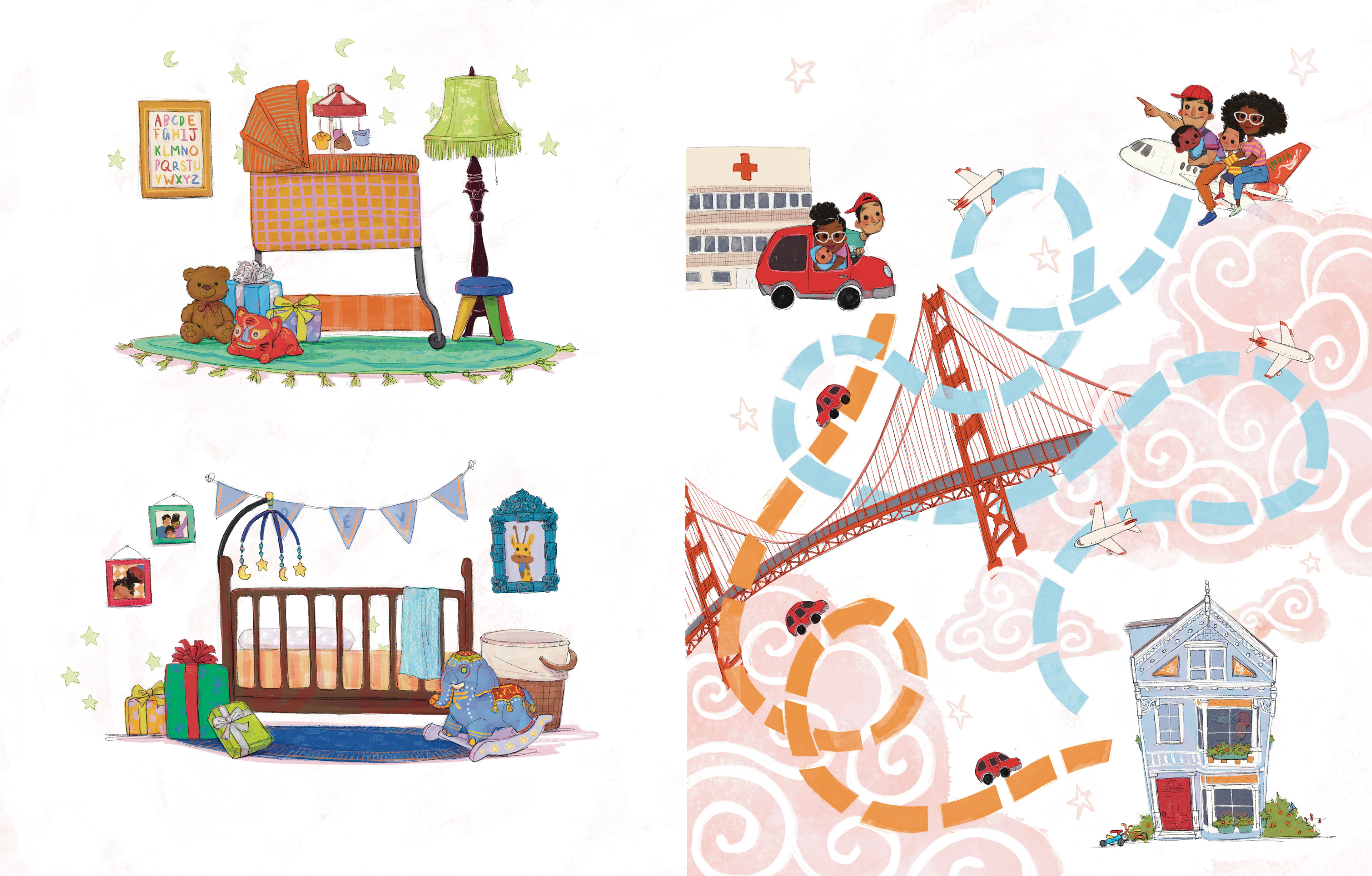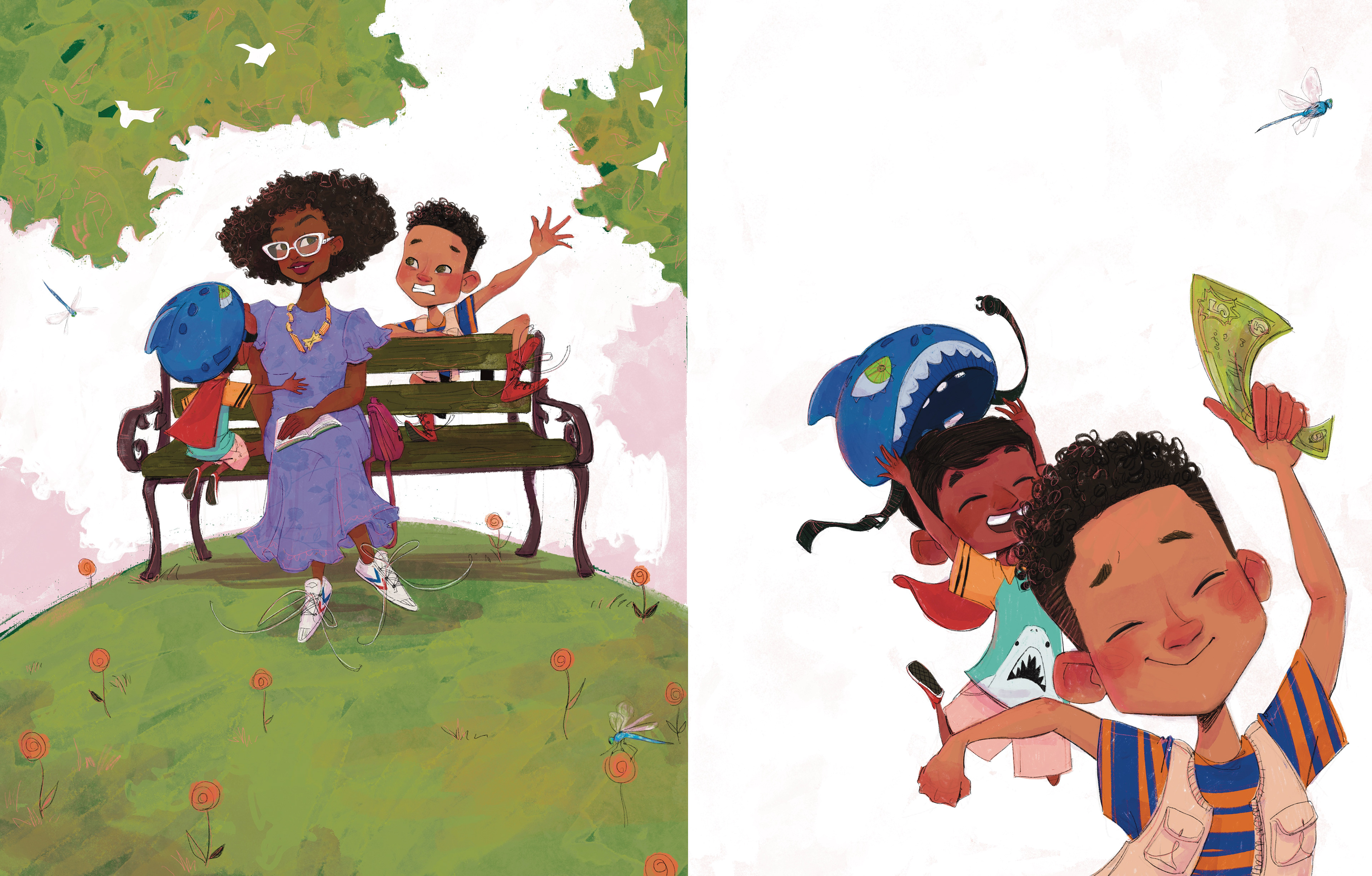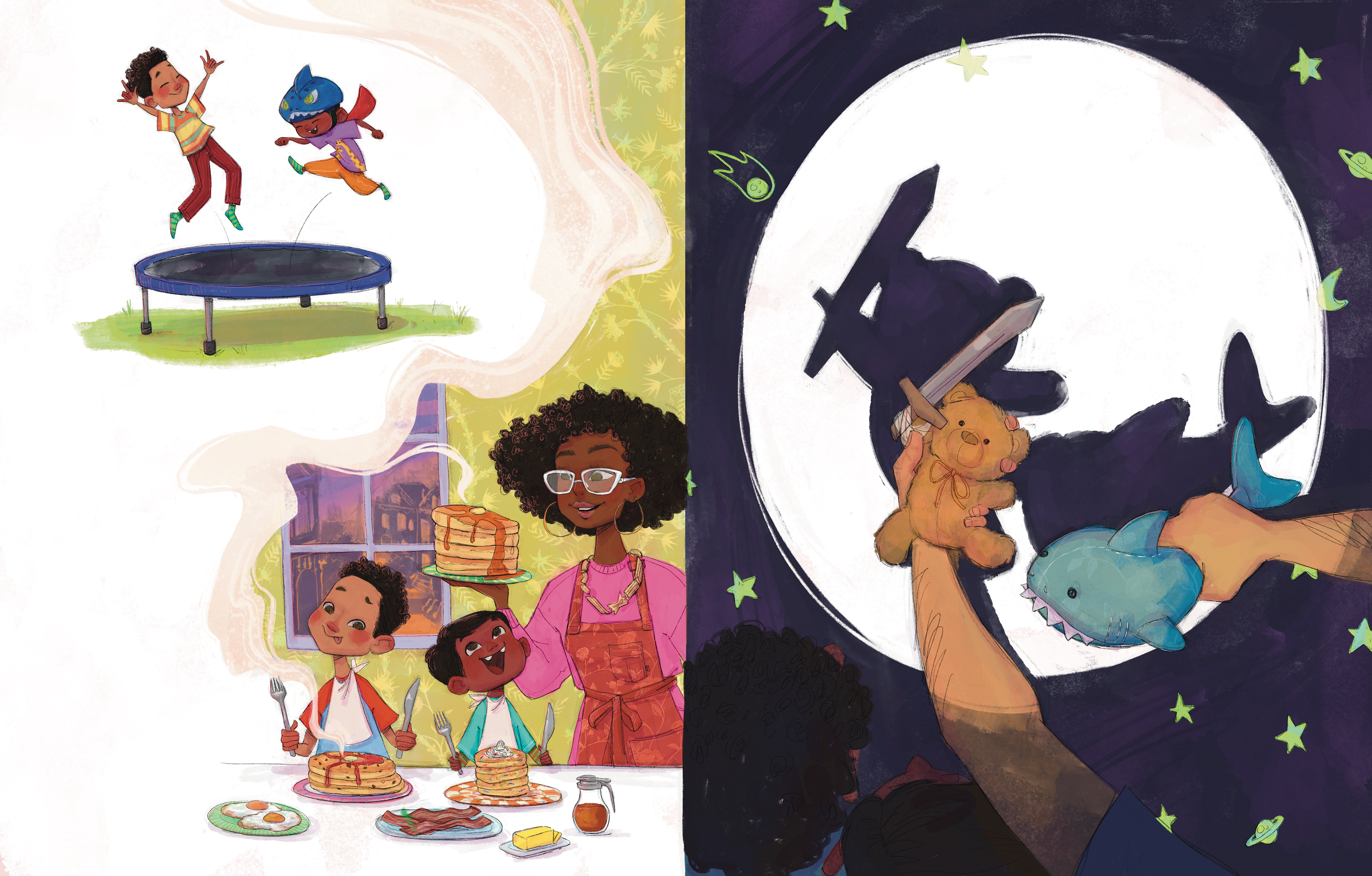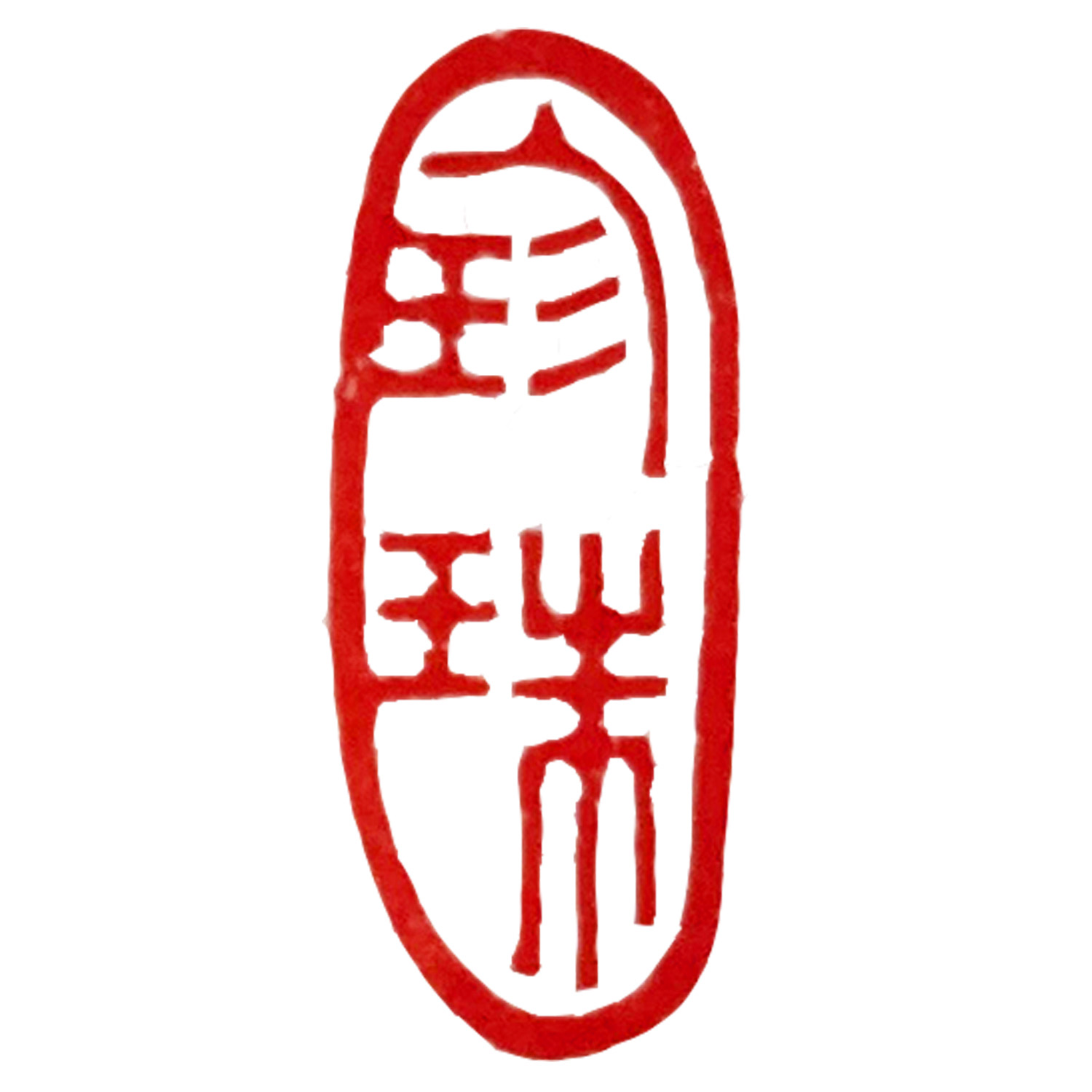Written by Jennifer Bradury, NEARLY ALMOST EXACTLY LIKE ME is a picture book about two brothers whose relationship is questioned because one is adopted. This book is set to publish by Simon and Schuster in FEBRUARY 2025.




This book was a very different journey than my first book, THE BEST KIND OF MOONCAKE. This time, it wasn't a family story from me-- but rather of the author's. I was strongly recommended to draw the younger kid, the adopted kid, as an Indian kid. Okay! Sure! I explored different character design options for my family cast as seen below. To reflect the people around me in LA, where I worked on this book, I wanted to illustrate a blended family! The mom was black... The dad was Chinese! I noticed this time, since the story was not Historical fiction of my own culture, it was seen as more "universal"! Which has it's strong points. There's a different type of relatability (You wouldn't guess how many times someone told me that BEST KIND OF MOONCAKE wasn't for them because it was about China and this person wasn't Chinese and didn't know what mooncakes are. Call me crazy, but sharing is a pretty universal theme.) And because of this open-endedness in the text about these character's ethnicities, I took free reign! What does it mean to be family?
The premise of this story was fantastic. It was funny, playful, and comforting. And I was so excited to work on it! After several rounds of character designs for this book, we finally settled on the versions you see below. It was important to my publishers that the older kid, the parent's biological child had the same hair texture as their Black mother-- to show that there were racial differences in two brown cartoon children. I love illustration, character design, animation, yada yada-- but it's interesting to also see some limitations in how we depict people of different ethnicities! As I just mentioned, both kids are brown(ish). One is Indian and the other is half black, half Chinese. How do we show that these kids are different enough that strangers would obviously see that they're not blood related?
This brings us to a very interesting point in children's book history. A lot of books I had growing up depicted all East Asians as yellow faced, slanty eyed, copy-and-paste looking characters. Buck teeth sometimes... Sometimes glasses? A lot of the times mushroom hair and bangs. Even the (supposedly) non-racist books. Essentially, "all Asians look the same"! And I still see those books on shelves. POC characters in the Western market are a lot of the times reduced to shallow stereotypes. It's starting to change (huzzah!) but there is still work to be done. Historically, only white characters were differentiated. There were olive toned, tanned, or pale characters. Some blond, some brunette or even red headed! Different body shapes and accessories... They had personalities and elements of individuality. Historically, it seems that universal stories in the Western market default to white characters as the main characters. Occassionally, a small sprinkling of POC in the background.
This brings us to a very interesting point in children's book history. A lot of books I had growing up depicted all East Asians as yellow faced, slanty eyed, copy-and-paste looking characters. Buck teeth sometimes... Sometimes glasses? A lot of the times mushroom hair and bangs. Even the (supposedly) non-racist books. Essentially, "all Asians look the same"! And I still see those books on shelves. POC characters in the Western market are a lot of the times reduced to shallow stereotypes. It's starting to change (huzzah!) but there is still work to be done. Historically, only white characters were differentiated. There were olive toned, tanned, or pale characters. Some blond, some brunette or even red headed! Different body shapes and accessories... They had personalities and elements of individuality. Historically, it seems that universal stories in the Western market default to white characters as the main characters. Occassionally, a small sprinkling of POC in the background.
So. Back to these characters. They were both Asian. They were both brown. They were both dark haired. In reality, I think anyone can see the difference between an East Asian kid, a Black kid, and and Indian kid. But these guys are illustrated, and the (not really) subtle nuances of ethno-related facial dimorphism can be lost to some readers. I get it-- the skin tones are similar. You get it. I've written a whole paragraph about it. But if we simplify everything about race to just light, medium and dark skin tones, we won't move forward in artistic representation of our diverse world. Nevertheless, we found a way to make it work! Their noses are different. Their undertones are different. Their shape language is different. Hair texture is different.
And most importantly— They're family.
And most importantly— They're family.
I'm so excited for you all to read and enjoy NEARLY ALMOST EXACTLY LIKE ME in coming Spring 2025.
Stay tuned on my Instagram for more updates and sketches!
